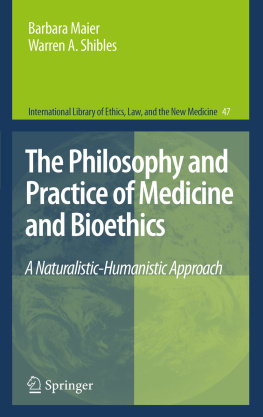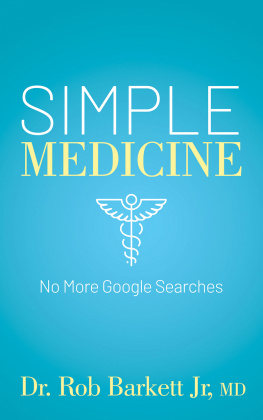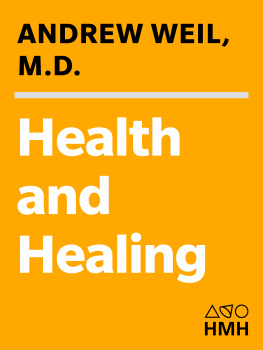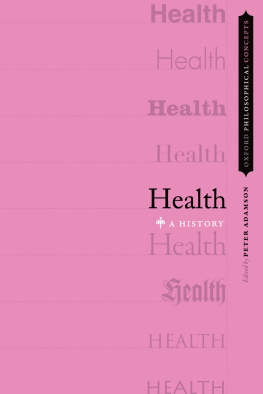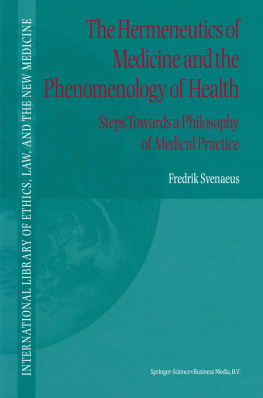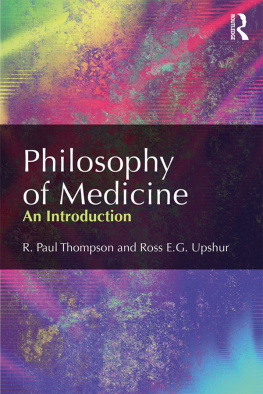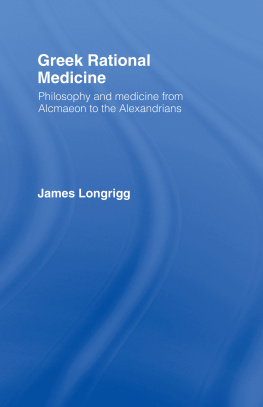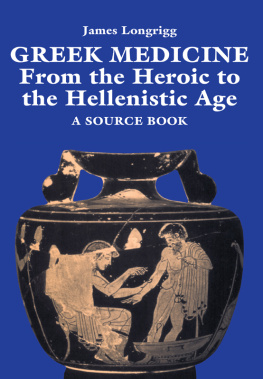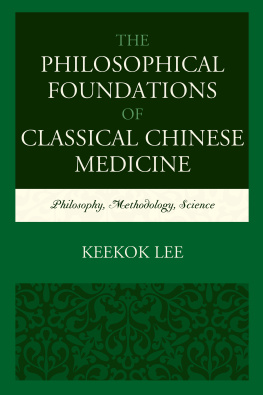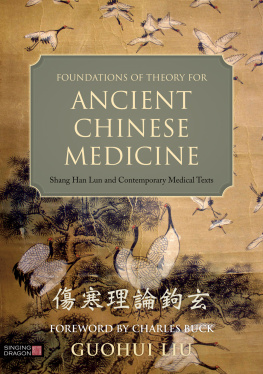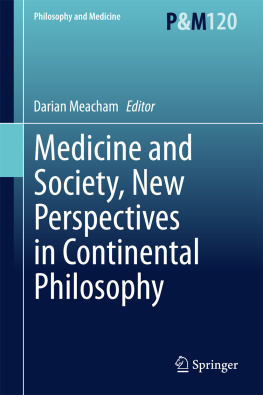1.1 Introduction
According to Robert Frost, All thinking is metaphorical []. So also is philosophy and science. What is to be shown here is that and how metaphor may be used as a scientific method of analysis and how it functions in medical statements. The style, narrative, models and language of medicine basically consist of metaphors, which need clarification. Narrative is one of the old and recently re-discovered techniques of gaining medical knowledge. As is argued in this book, the usual view that the scientific method usually mentioned in science and medicine is falsely based on nave empiricism (sensation and observation) or abstractionistic notions of truth (formal logic and deduction). Observation and sensation are linguistic terms in need of clarification. There is, for example, the philosophy of perception by which will be argued that the scientific method rather rests on and presupposes language. Thus, any method of science, including statistics and mathematics, needs to use the techniques available in language. These are mainly rhetorical devices, the most fundamental one being metaphor and its various types. The metaphorical method is used in this book to gain insights into the philosophy of medicine and bioethics. Philosophy of medicine is metaphors about medicine. The meanings of medicine are generated by a constant stream of metaphors. Metaphors in medicine interact and break on one another.
The first annotated metaphor bibliography contained much of the previous writing on metaphor []. The literature on metaphor has exploded in the last 30 years including web-based material. Metaphor involves combinations of unlike terms (oxymora), reversals, neologisms, juxtapositions, puns (especially popular with Deconstructionists), analogy, imagery, category-mistakes, tension metaphors, humor, irony, taking terms literally, being captivated by a paradigm or picture, etc. Researchers often take their models literally, for example evidence-based medicine, or the medical model, which treats all disorders as physical ones. Metaphor involves especially deviation, such as from the normal, expected, traditional, rules, values, etc. Metaphor is basically to relate unlike things. The techniques and types of metaphor are held to be fundamental to understanding and methodology in science.
Because it cannot be literally true, the x is y form cannot be reduced to the literal simile form x is like y. Metaphor is open-context. It does not tell us how x is y, how the world is matter, how the body is physical matter to be medically treated. Some wish to reduce cause to statistics or to matter by means of literal simile, others are content to regard cause as reasoning in a non-literal, metaphorical way. Reasons have been presented to show that metaphor has meaning, which cannot be reduced to literal language []. Every theory creates a new world. Metaphor has meaning of its own which cannot be reduced to literal language. Metaphors in medicine also have meaning of their own which cannot be reduced to literal language. Style is not irrelevant, but rather determines what is said. A paraphrased Hippocrates is not Hippocrates, religious humanism is not Deweys humanism. We may therefore ask what each term in medicine means. The philosophy of medicine involves the intensive and extensive clarification of medical language.
To create a metaphor is to create a category-mistake, or produce type-crossing. Two different universes of discourse are brought together, such as thought is chemical, or cause is statistical. The second metaphor is used in evidence-based medicine. The unlike is related to the unlike. Therefore, if the metaphorical statement is to make sense we must find unity in difference. The metaphor appears as a contradiction, enigma, mystery, or riddle waiting to be solved. If we diagnose that someone has a disease we need specific clinical experience to determine what it really involves. Metaphor is a context-deviation. Terms are used in other than their normal or usual context or language-game e.g. in scientific research for problem solving. The result of this is surprise and apparent contradiction, which upon resolution produces the satisfaction of solution. Research departs from what has been understood and ends in wonder. The physician is like a detective or experimental researcher trying to find a workable method of treating a disease. The impossible becomes, after all, possible.
This may suggest that if apparently contradictory metaphors can be resolved, then perhaps the perverse and extensive enculturated contradictions of our lives can be resolved as well. This as we shall see is what happens with black humor in medicine []. The terms and methods of one universe of discourse are used to give insight into another. We speak of medical causes and description in terms of atoms, mathematics, statistics, quarks, language, physics, emotion, pictures, diagrams, etc. Metaphor becomes, then, a tool of discovery and a scientific method.
What metaphor often comes down to is breaking rules deviation. The tool of the scientist, like of the good physician is to deviate to solve complex problems. To do so is business as usual. Ramsey pointed out What is not verbally odd is devoid of disclosure power [] who pounded one of the last nails into the coffin of fixed definitions. They no longer exist. We are left with disciplines, which are useful fictions, as-ifs. Medicine, among other disciplines, is a collection of metaphors, which define our medical experience. Even perception is perspectival, not the basis of the scientific method.
We may distinguish between cognitive metaphor and perceptual metaphor. Perceptual metaphor may be clarified in terms of the widely used concept of seeing-as . It is held that we never merely see or sense directly. That would be nave empiricism. Virtually all seeing is seeing-as, seeing or hearing in terms of our thinking [).

